A Quick Q & A about the Living Language Method

What is a Living Language approach?
Our Living Language approach teaches biblical Hebrew by immersion as if it was a modern language, bypassing the need for translation so that learning is easier, faster, and more fun.
What makes a Living Language approach distinctive?
Living Language spends the majority of the time interacting in Hebrew by listening, speaking, reading and writing, not merely talking about the language in English.
Why should I learn to listen and speak biblical Hebrew if my aim is to read it?
Listening and speaking skills have been shown by research to be both indispensable and most effective for producing and bolstering reading fluency.
Will a Living Language approach help me be a better reader of the Hebrew Bible / Old Testament?
Yes. Even biblical Hebrew instructors who have made the switch to teaching with a Living Language approach are thrilled to report that their own reading comprehension skills have improved.
Is a Living Language approach mainly about having audio when learning?
No. Although audio is key, to be effective the learner needs to understand it, right from day one, even without translating it into English. It needs to be meaningful communication.
What is meaningful communication?
Meaningful communication focuses on using biblical Hebrew to communicate thoughts and ideas, rather than just having you talk about Hebrew in English. It is comprehensible at your level; and it grows in complexity as you progress.
Is a Living Language approach hard?
No. It is easier than traditional methods, and bypassing the need for translation makes the language come alive!
How does a Living Language approach teach grammar?
Grammar is internalized implicitly from day one through meaningful communication even before it is explicitly taught. The result? Grammar explanations take less time and are easier to understand.
